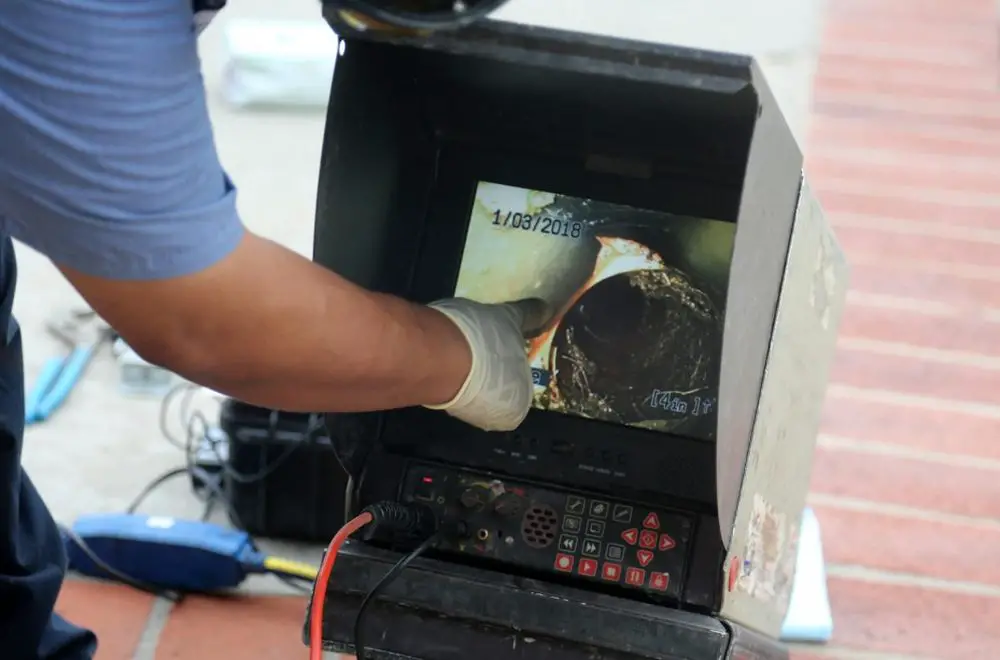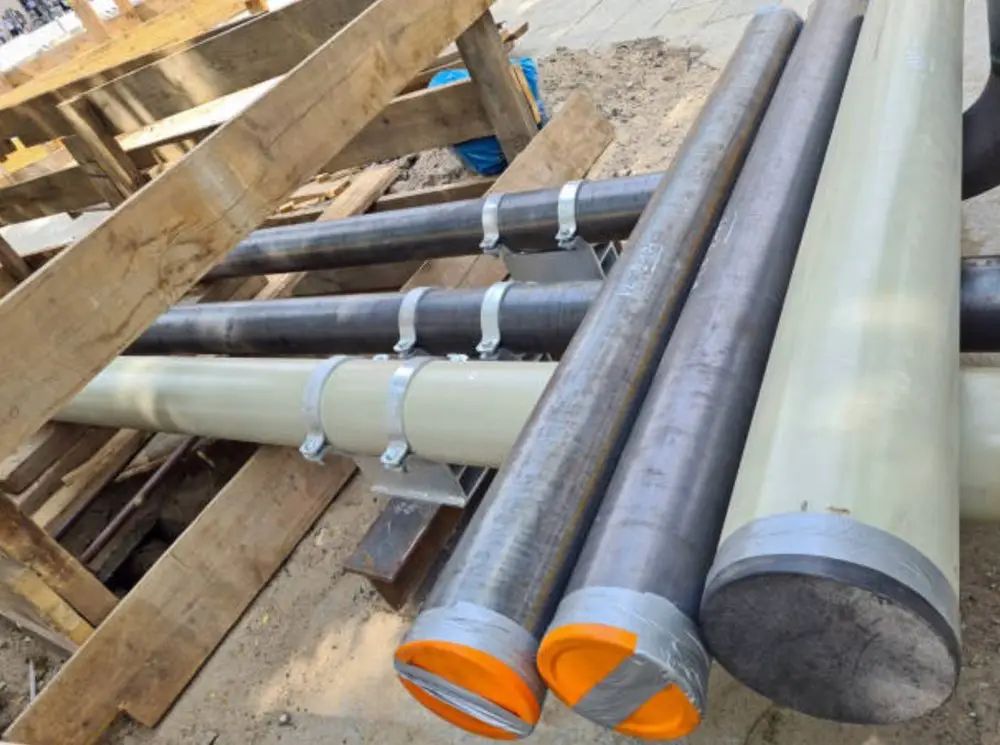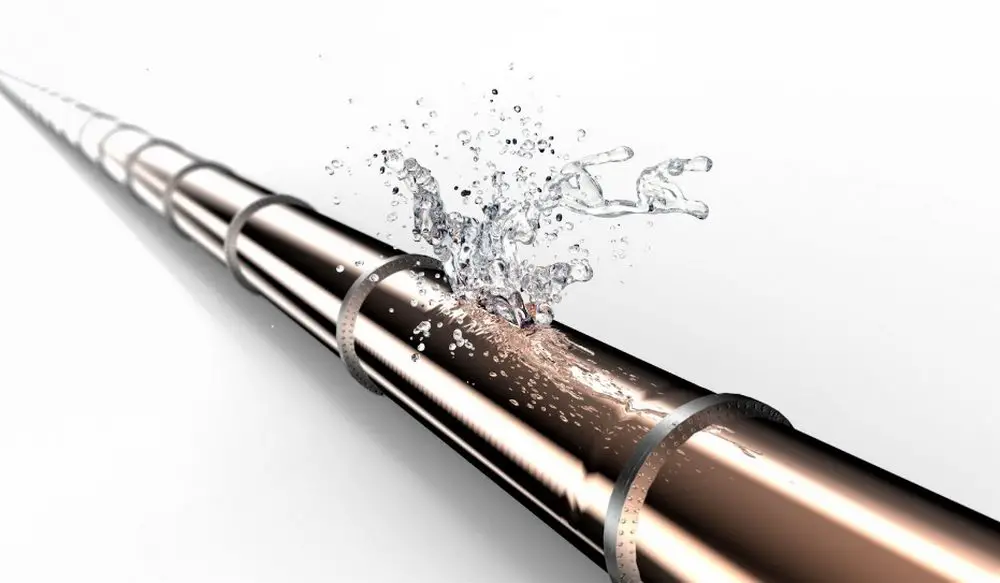The importance of enhancing financial efficiency for property owners and managers is more critical in today’s fluctuating economic climate than ever before. One area receiving increased attention recently is building maintenance, specifically focusing on pipe relining, a technique that presents significant potential for maximising cost-effectiveness.
This article presents a vital opportunity to explore the concept of pipe relining in detail, providing insights into its basic principles, cost implications, long-term benefits, and implementation process. Our discussion will also address common misconceptions surrounding pipe relining, providing clarity for those who may be contemplating this option for their properties.
Contents
Understanding the Basics of Pipe Relining
Pipe relining, frequently labelled a ‘no-dig’ solution, is a trenchless method for repairing damaged underground pipes. Unlike traditional methods that require extensive excavation, relining creates a new pipe within the existing one. Here’s how it works: first, the damaged pipe is inspected and cleaned.
Then, a flexible liner saturated with resin is inserted and inflated, conforming to the pipe’s interior. Once cured with heat or light, the resin hardens, forming a smooth, new pipe inside the old one. Materials used include felt or fibreglass tubing for the liner and epoxy resin for reinforcement. Tools involve cameras for inspection, high-pressure water jets for cleaning, and inflation equipment for curing the liner.
Pipe relining offers several advantages over traditional pipe replacement. It’s faster, less disruptive as it avoids major excavation, and cost-effective. Additionally, the new lining is resistant to corrosion, roots, and leaks, extending the lifespan of your pipes for decades.

Breakdown of Costs: Pipe Relining vs Traditional Methods
For any property owner or manager, a clear understanding of pipe maintenance costs is crucial when considering pipe relining versus traditional pipe repairs. Traditional methods often involve extensive excavation to access the damaged section.
This includes removing the existing pipes, installing new ones, and then backfilling and restoring the excavated area. These steps not only require significant labour but also incur additional costs for permits, materials like gravel and asphalt, and landscaping restoration. The final bill can quickly balloon, causing a financial burden.
Pipe relining, on the other hand, offers a more streamlined and cost-effective solution. By creating a new lining within the existing pipe, the process eliminates the need for excavation and restoration work. This translates to reduced labour costs and avoids the potential for additional expenses associated with permits and landscaping.
While factors like location, accessibility of the pipes, and the extent of damage can influence the final price, pipe relining generally proves to be a more budget-friendly option in the long run.
Long-Term Financial Benefits of Pipe Relining
Pipe relining isn’t just a quick fix; it’s an investment in your property’s long-term health. High-quality relining materials, like epoxy resins, are incredibly durable, often lasting for decades. This translates to significant savings compared to traditional repairs, which may need repeating every 10-15 years due to wear and tear. With a relined pipe, you can avoid the recurring costs of future replacements and excavation.
The benefits extend beyond just avoiding future repairs. Pipe relining creates a smooth, corrosion-resistant lining inside the existing pipe. This reduces friction and improves water flow, minimising the risk of blockages and potential leaks.
This translates to lower water bills due to reduced water pressure loss and eliminates the need for emergency plumbing services to address leaks or clogs.
Additionally, a properly functioning plumbing system enhances your property’s overall value. Potential buyers appreciate the peace of mind that comes with a reliable and durable pipe system, potentially increasing your property’s market value.

Steps to Implementing Pipe Relining in Your Building
The pipe relining process starts with a comprehensive assessment to determine if it’s the most suitable solution for your specific needs. This initial phase involves a thorough CCTV drain inspection, allowing trained professionals to identify the underlying issues within your pipe system.
Once the inspection confirms pipe relining as the optimal solution, engaging with reputable and experienced pipe relining specialists is crucial. Choosing a company with a proven track record of delivering high-quality service ensures a smooth and successful project.
The planning phase meticulously considers all relevant factors, including a detailed cost breakdown, anticipated project timelines, and the potential for disruptions during the relining process. Once the plan is finalised, skilled plumbers will meticulously clean any blockages in the pipes, conduct final inspections before relining, implement the relining procedure, and perform a final inspection to guarantee the success of the operation.

Addressing Common Questions and Misconceptions about Pipe Relining
The initial cost of pipe relining can raise understandable questions. However, it’s crucial to view it as an investment in your property’s long-term health and value. Contacting a local pipe relining specialist can provide valuable insights and a cost analysis specific to your situation. They can explain how the upfront cost translates to significant savings down the line.
Durability is another concern some may have. Extensive research and real-world applications demonstrate the exceptional lifespan of relined pipes, with an expected life expectancy of approximately 50 years or more. These relined pipes are built to withstand regular wear and tear, offering lasting peace of mind.
Unlike a temporary patch, pipe relining provides a robust and permanent solution. High-quality relining materials, like epoxy resins, are incredibly durable, eliminating the need for frequent replacements and saving you from the hassle and expense of future excavation projects.
Furthermore, pipe relining creates a smooth, corrosion-resistant lining inside the existing pipe. This reduces friction and improves water flow, minimising the risk of blockages and leaks that could lead to emergency plumbing services and higher water bills. Ultimately, a properly functioning and reliable plumbing system not only increases your own enjoyment of your property but also enhances its market value for potential buyers.
Conclusion
Ultimately, pipe relining emerges as a compelling and viable option for property managers and owners seeking to maximise financial efficiency. This technique’s inherent cost-effectiveness, combined with its long-term durability and potential to enhance property value, make it a leading candidate in pipe maintenance strategies.
Pipe relining stands tall in the face of mainstay alternatives that have long dominated the market. As we collectively move towards a future marked by economic uncertainty and technological advancement, it is high time that innovations like pipe relining are embraced and incorporated into our pipe maintenance routines.






